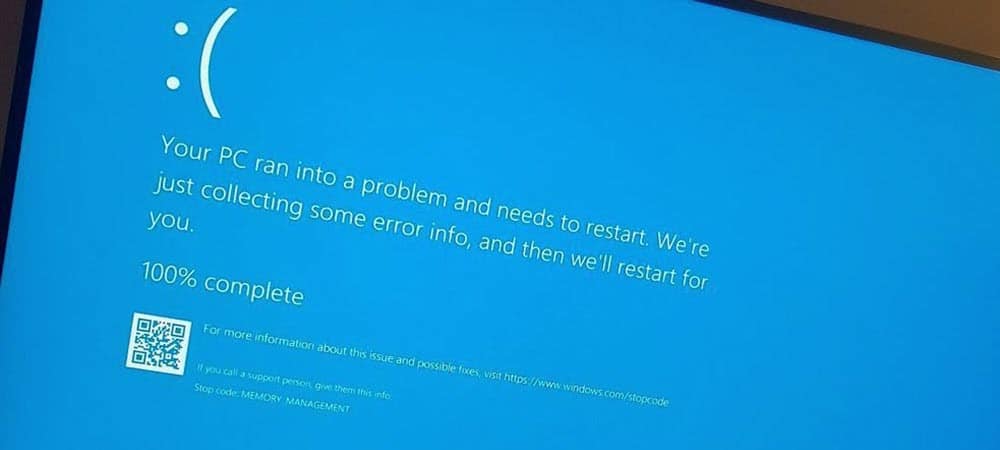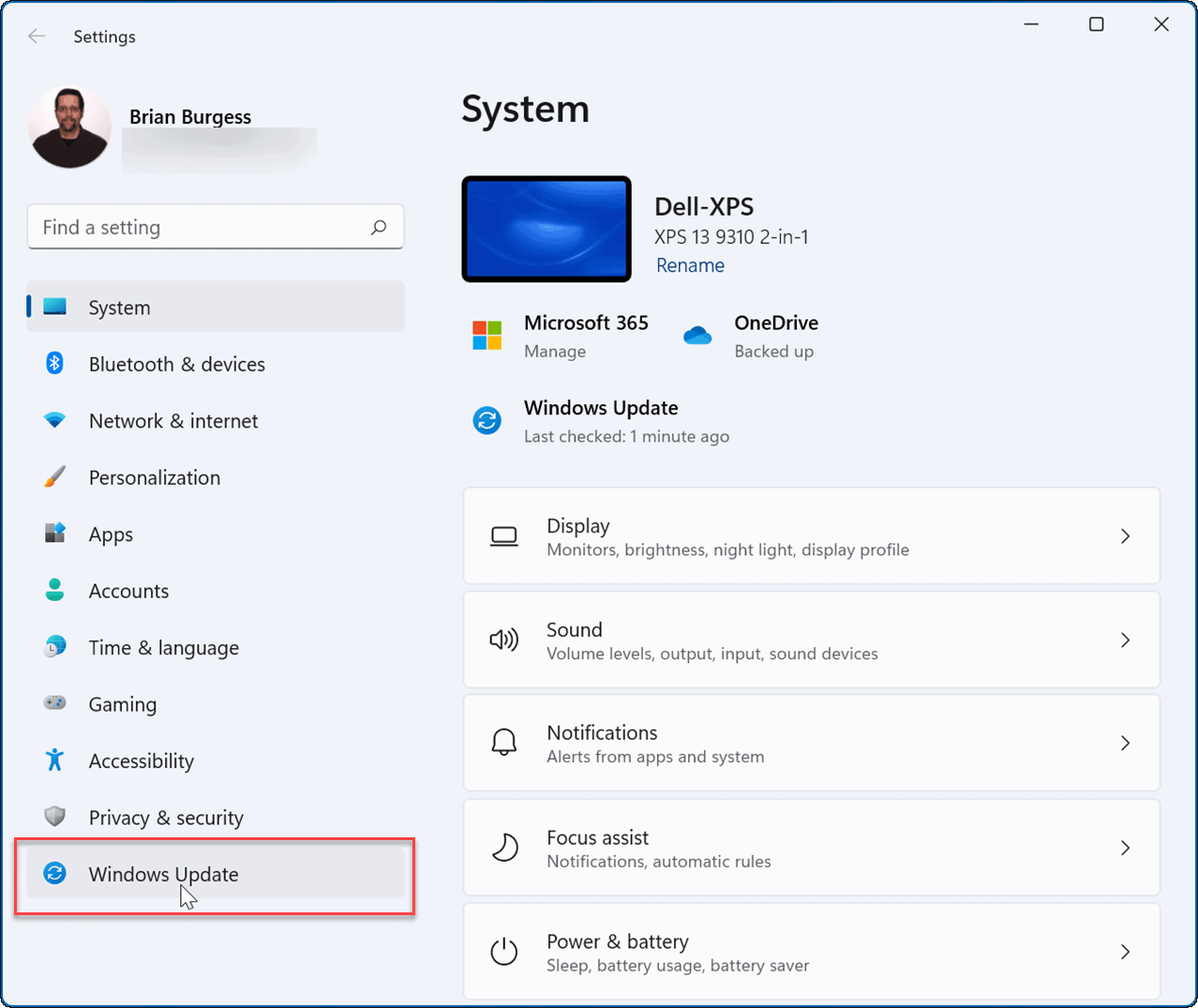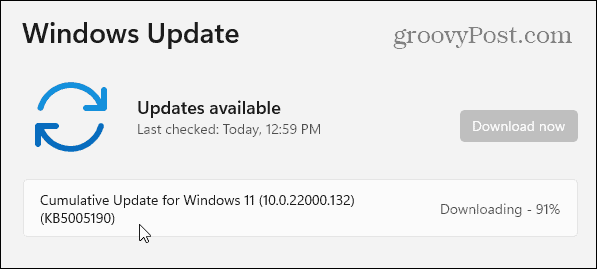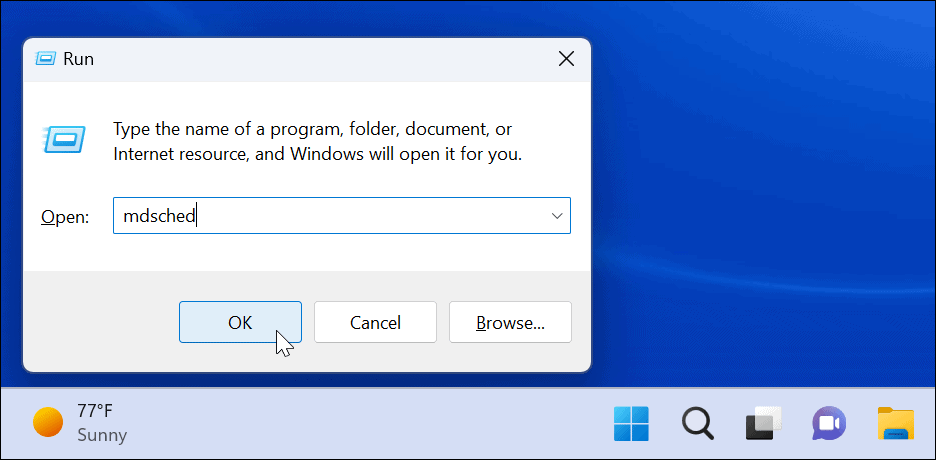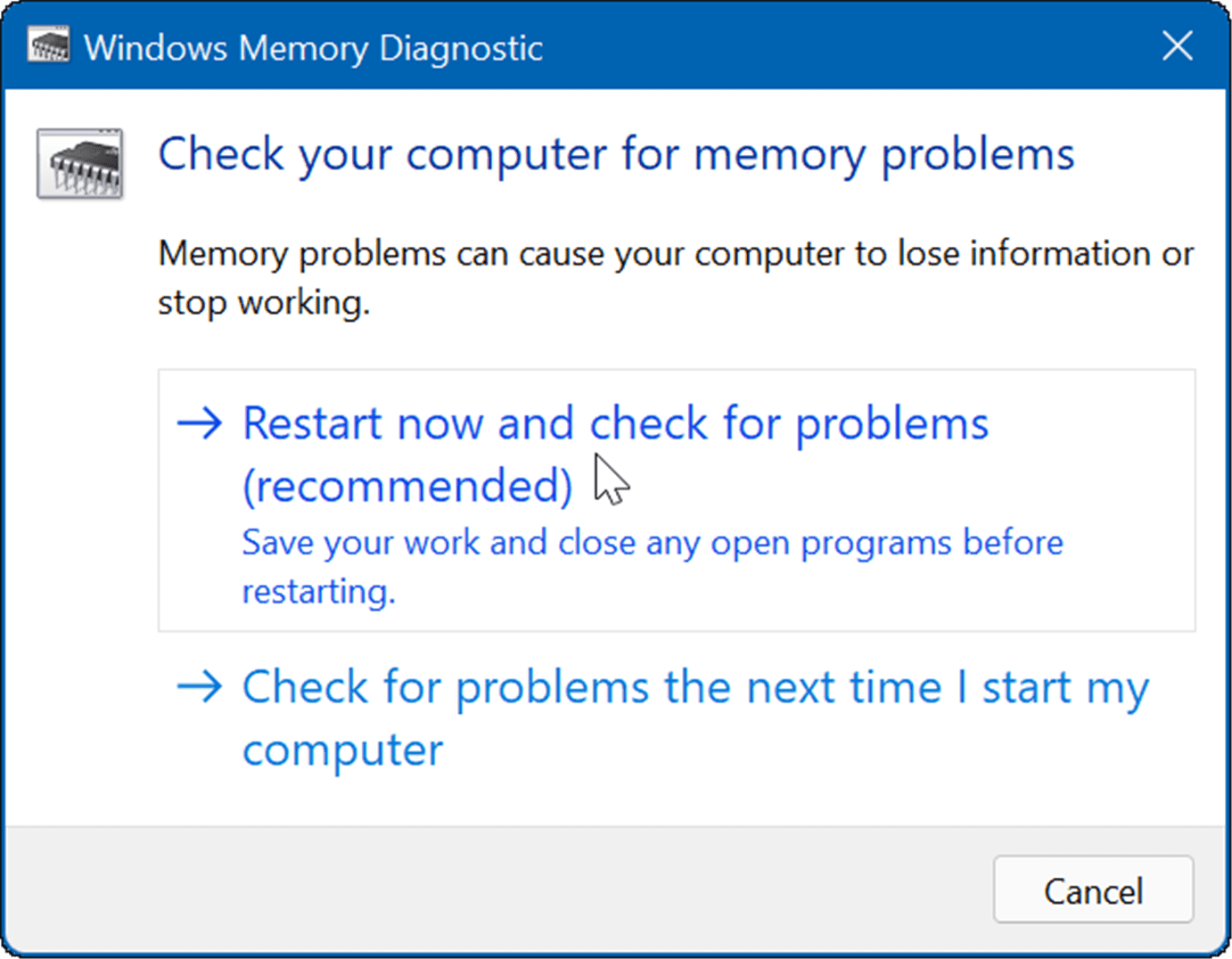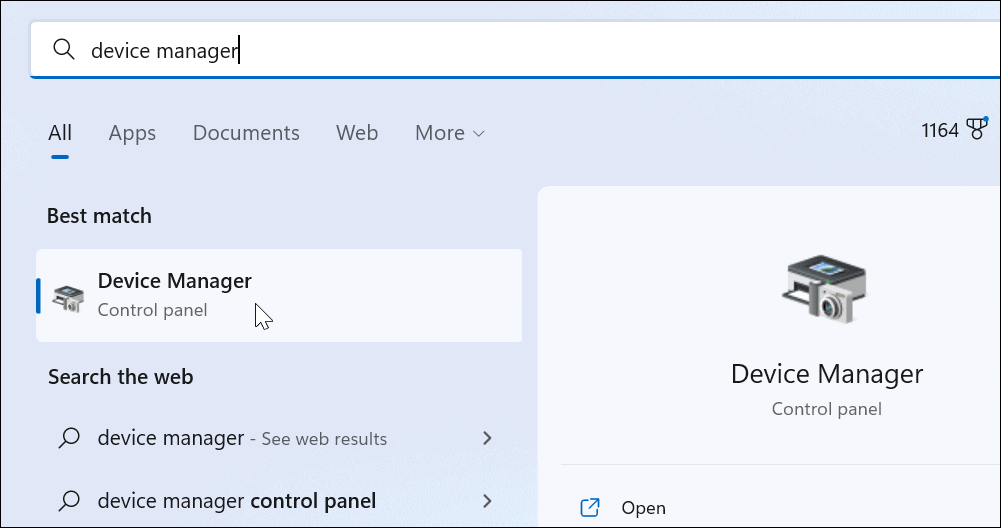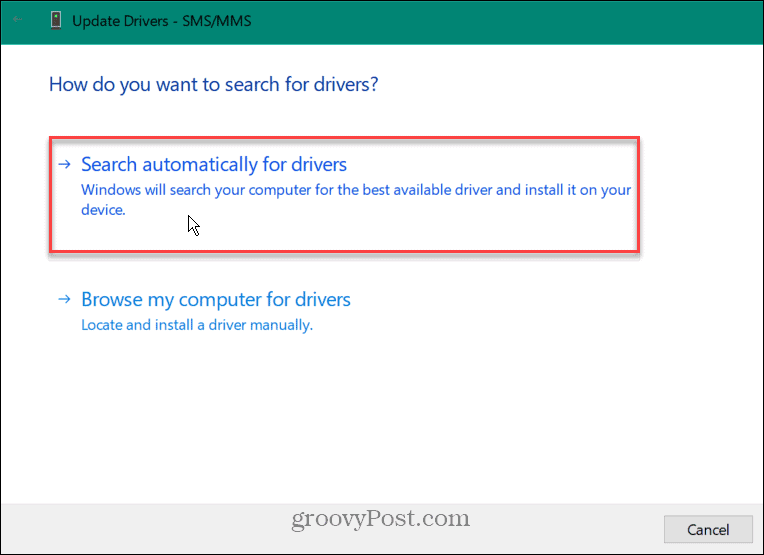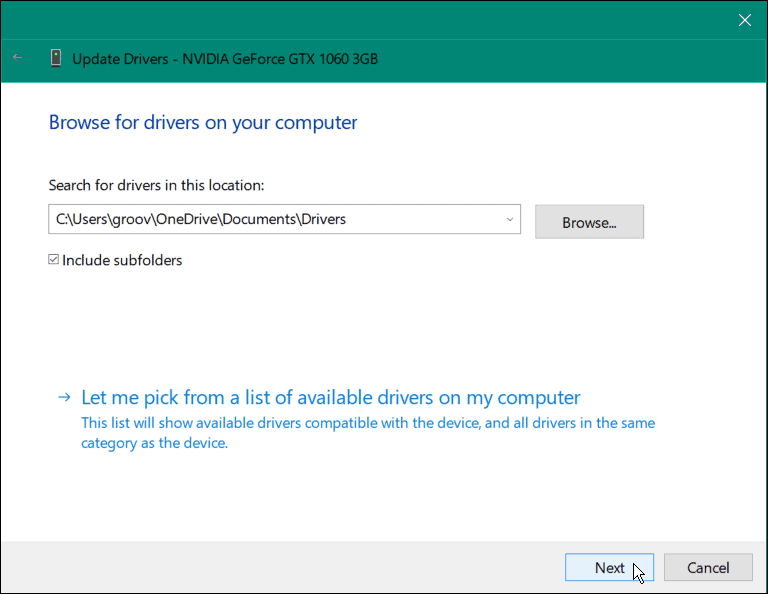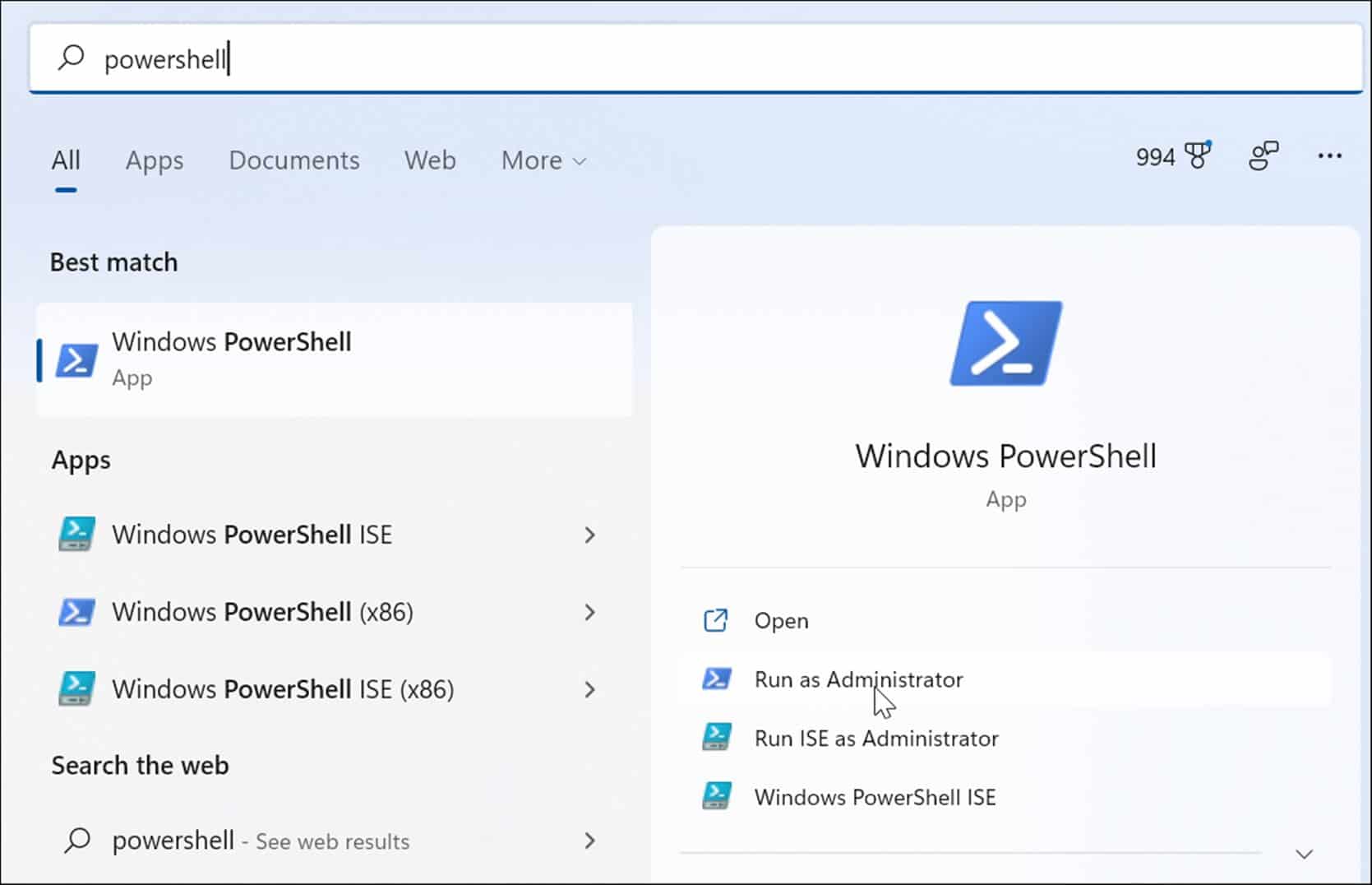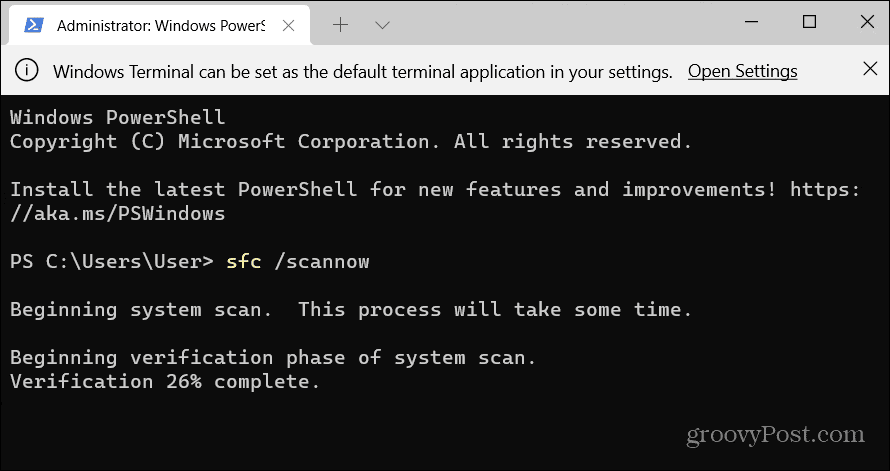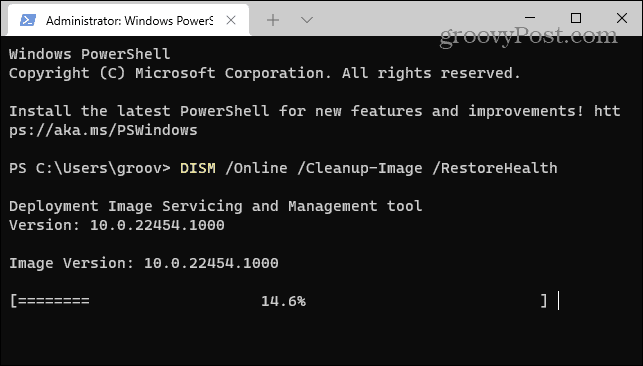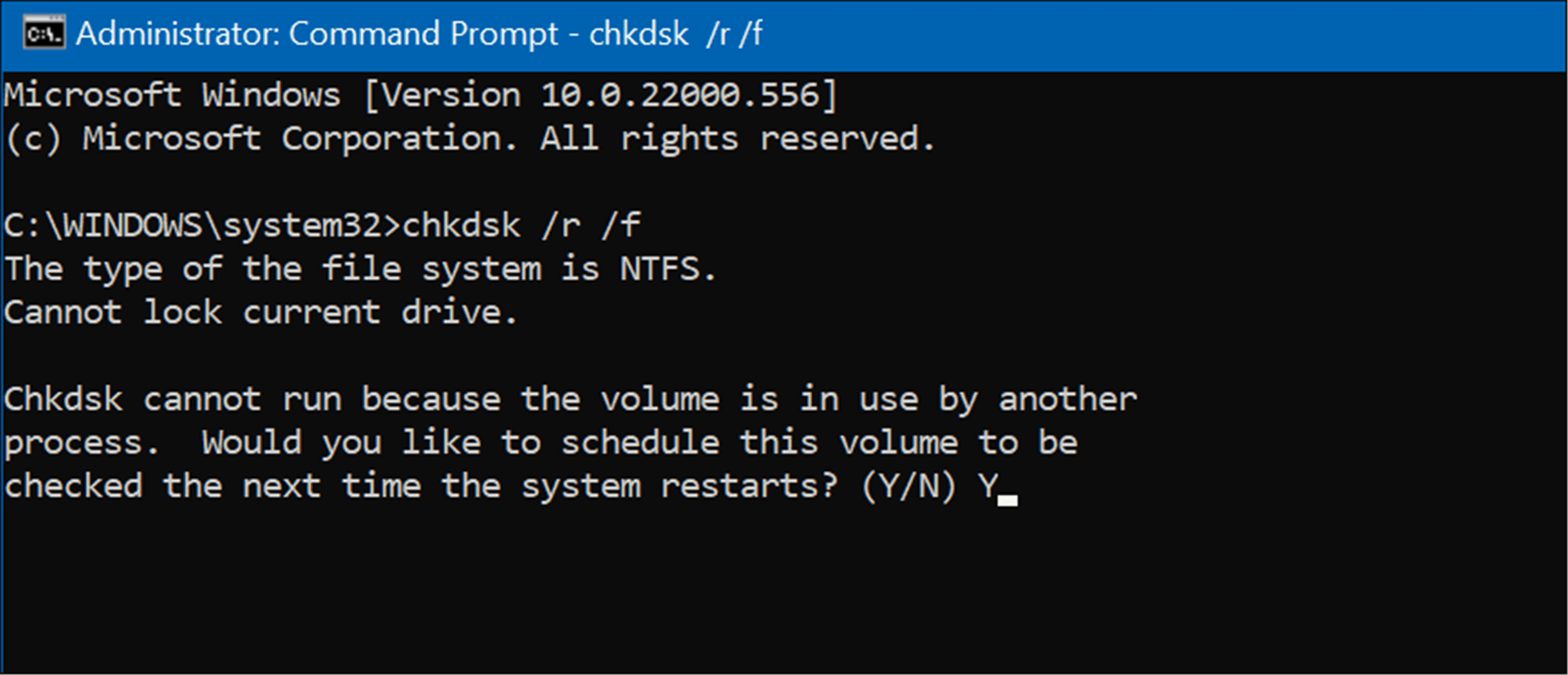A Clock_Watchdog_Timeout BSOD error relates to a problem between your system and CPU communicating. It’s a system-level process called “system interrupt,” which is normal behavior. However, if your system spends too long in the interrupt phase, you’ll get a bluescreen error. You can resolve the issue with a simple reboot, or it might require additional troubleshooting steps from the command line. So, here’s how to fix Clock Watchdog Timeout on Windows.
Restart Your PC
The first time you get a Clock Watchdog Timeout BSOD on Windows, the first step is to restart your system and reseat external devices. Since the BSOD error prevents you from entering the Windows environment, you’ll need to press and hold the physical Power button for 10 seconds until your PC shuts down completely. Unplug all peripherals attached to your PC, like your mouse, keyboard, printer, and monitors. If you have a desktop, reseat the RAM, SSD (if you have one), and GPU, and check for loose cables. Reconnect all the external devices to ensure the connection is solid. Wait 30 to 60 seconds and press the Power button again to restart.
Check for Windows Updates
Windows will typically update in the background; however, you might not have the most recent updates. For example, a pending update may contain the bug fixes that your PC is waiting for. Do the following to get pending updates:
Run the Windows Memory Diagnostic Utility
A memory issue could cause the error, and you’ll want to scan it for errors. You can check your system’s RAM by running Microsoft’s built-in Windows Memory Diagnostics utility. To run Windows Memory Diagnostic Utility, do the following: Note: The utility will take a long time to run. If it doesn’t find issues, but you want a second opinion, try the free and open source utility memtest86+.
Manage Hardware Drivers
Updating your hardware drivers can fix a list of issues, including the Clock Watchdog Timeout error. You should receive driver updates via Windows Update, but sometimes things slip through. However, you can make Windows search for a specific hardware driver or install one yourself. To manually check drivers for updates, use the following steps:
Run a DISM and SFC Scan
Running DISM and SFC scan can fix the BSOD error. Both utilities scan for corrupt system files and replace them with working ones. A System File Checker (SFC) scan finds file errors and replaces corrupt files with working ones stored on your drive. A Deployment Image Servicing and Management (DISM) scan will detect errors and replace corrupt files with working ones downloaded directly from Microsoft Servers. To run SFC and DISM scans, do the following:
Check the Disk for Errors
Typically, SFC and DISM scans will fix the Clock Watchdog Timeout error on Windows, but the issue could run deeper. The Windows Chkdsk utility will scan the hard disk to ensure it’s free of errors. To run a Chkdsk scan, do the following: The next time you reboot your PC, the ChkDsk utility will scan for any errors and repair them.
Try Safe Mode or a Clean Boot
Try a clean boot into Windows if you can’t get past the Clock Watchdog Timeout BSOD. A clean boot uses minimal startup apps and drivers to load the OS. When the clean boot works, enable apps and services one at a time until you find the culprit.
If the clean boot doesn’t work, you can boot Windows 11 into Safe Mode. Or, if you’re not on Windows 11, boot Windows 10 into Safe Mode. When you get to the Advanced Boot Options, ensure you select Enable Safe Mode with Command Prompt. You can launch the Command Prompt in Safe Mode by choosing that option and run utilities like ChkDsk and SFC and DISM scans.
Fix Clock Watchdog Timeout on Windows
Getting a Windows bluescreen error is never fun. However, if you’re getting the Clock Watchdog Timeout BSOD, one of the solutions above should get your system working again. It’s also worth noting that the error could be due to malware on your system. Windows has real-time virus protection, but some malware can get deep-rooted, and nothing is 100% effective. So make sure to scan for malware with the Windows Security app. If it doesn’t find anything and you want a second opinion, try AVG AntiVirus or Avast. If all else fails, you can reset Windows to factory settings – but only be used as a last resort. Before resetting Windows, back up all necessary files to a cloud service like OneDrive or a paid service like BackBlaze. Also, create a full system backup so you can recover your system quickly. Comment Name * Email *
Δ Save my name and email and send me emails as new comments are made to this post.
![]()
